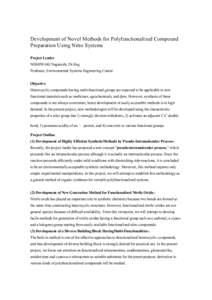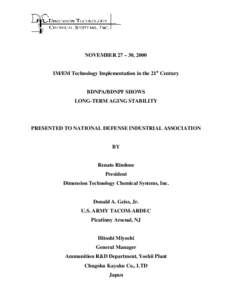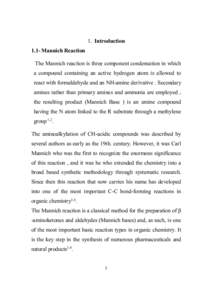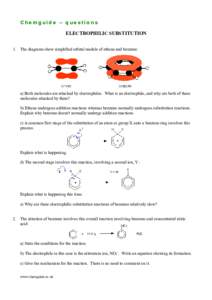<--- Back to Details
| First Page | Document Content | |
|---|---|---|
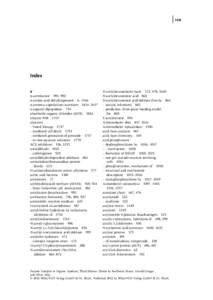 Date: 2012-04-03 21:04:50Glucogenic amino acids Proteinogenic amino acids Metabolism Carboxylic acid Amino acid Nitro compound Nitrile Alcohol dehydrogenase Enzyme Chemistry Functional groups Protein families |


